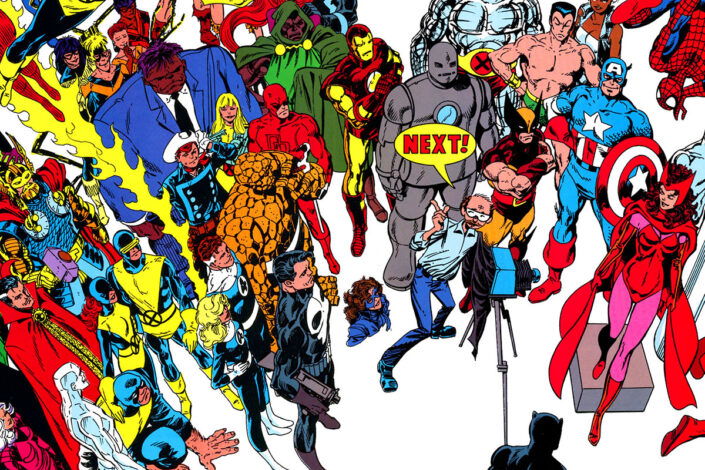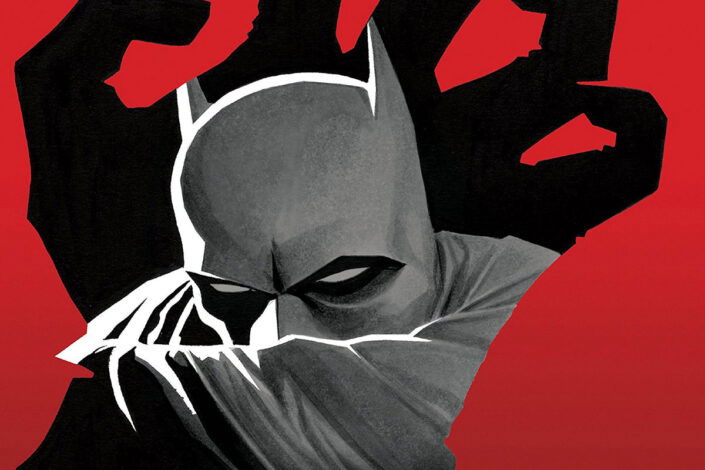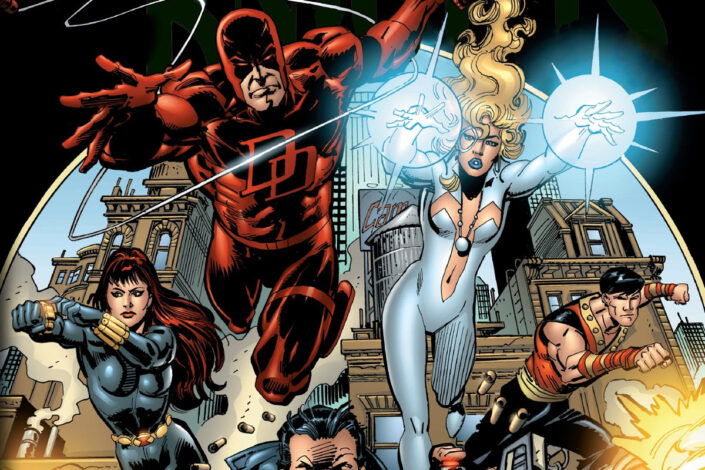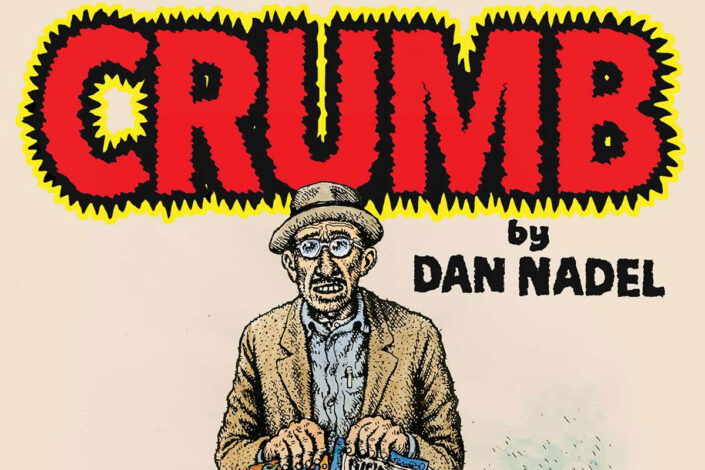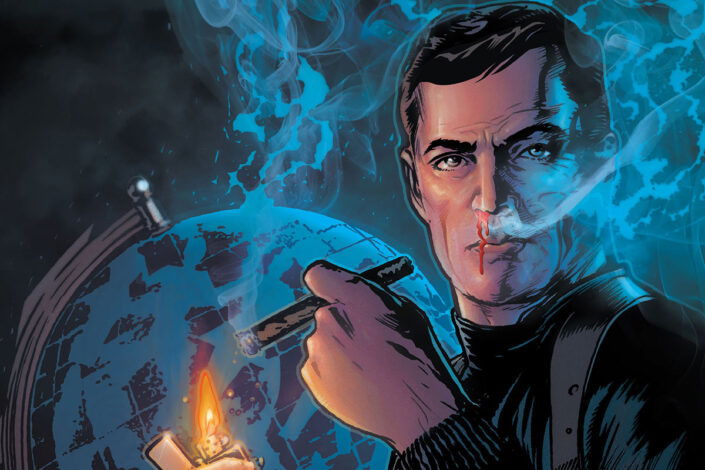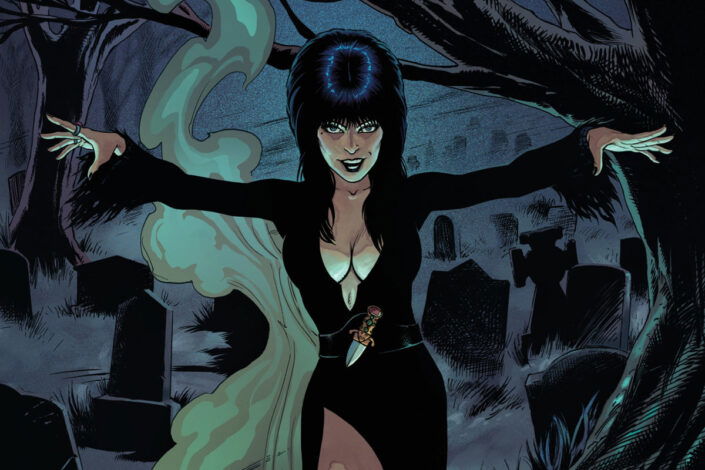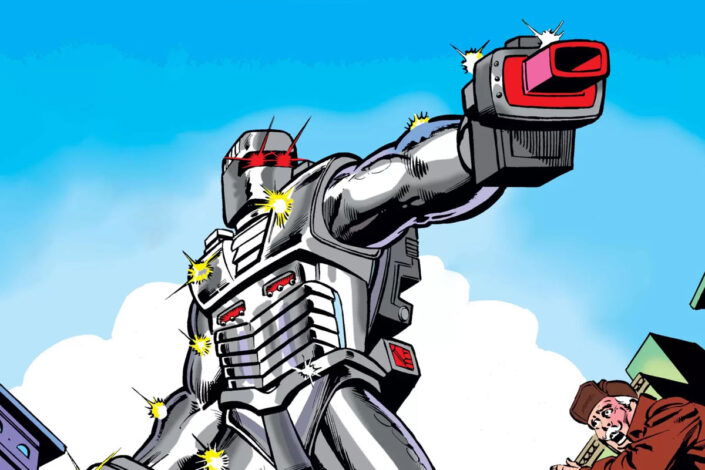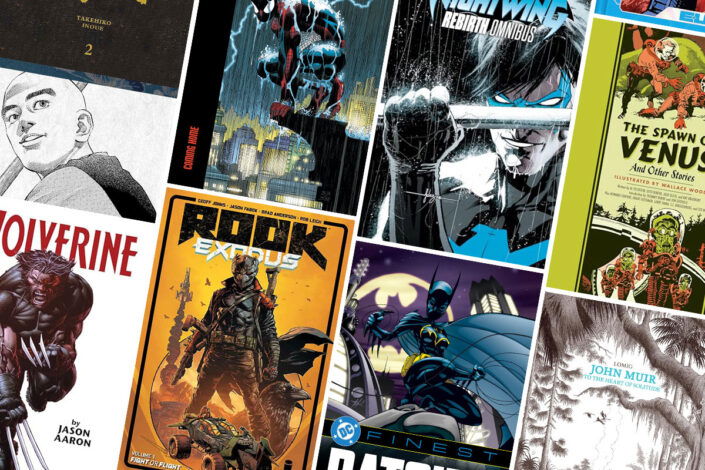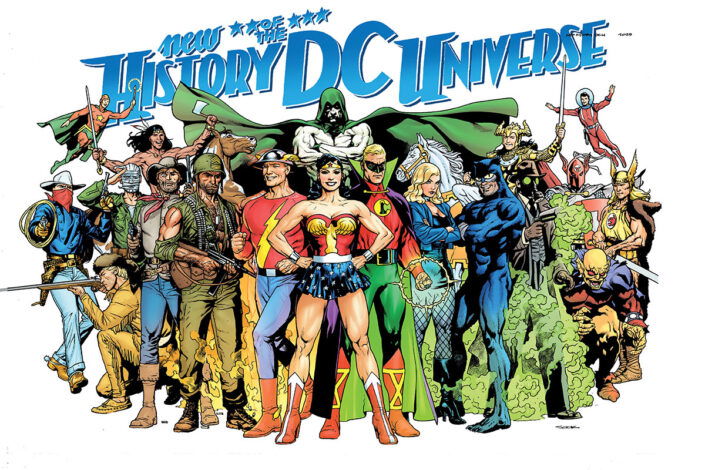Best 1980s Marvel Comics: The Stories That Defined a Decade
These were good years for the comic book industry. Actually, they were great years. The 1980s were a period of tremendous financial and creative growth that transformed the medium. The emergence of the Direct Market, with specialty comic book stores, created more opportunities for creators and led to a wider range of publications.
It was during this decade that Alan Moore and Dave Gibbons’ Watchmen, Frank Miller’s The Dark Knight Returns, and Art Spiegelman’s Maus were published, breaking new comic book narrative ground for future writers. It was also during this decade that DC Comics was rebooted with Crisis on Infinite Earths and started its Renaissance with the British Invasion of creators.
The comic book industry rose and fell during the 1980s, including Marvel Comics. The House of Ideas evolved in those years, embracing darker storytelling, launching new comic book series, trying new formats, hiring new talents, and releasing some of the most celebrated and iconic stories in its history.
Maybe one of the most important decades on the creative front, the 1980s helped redefine Marvel’s superheroes by pushing boundaries and going where the industry had never been before. Today, we explore the best Marvel stories of the decade!
Read More »Best 1980s Marvel Comics: The Stories That Defined a Decade
